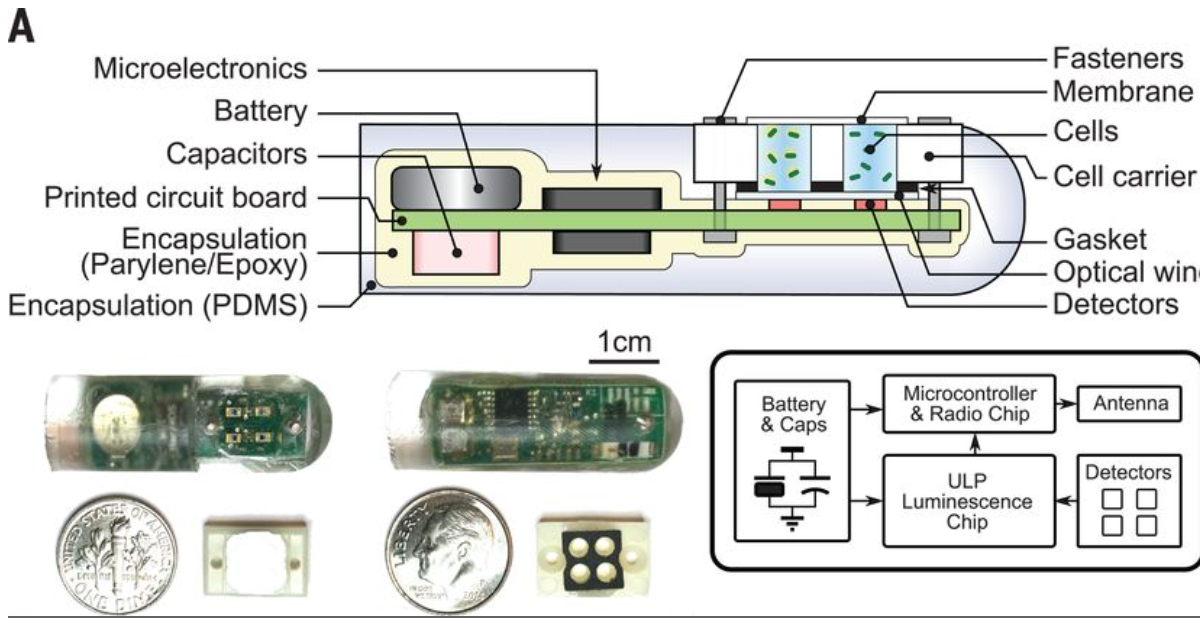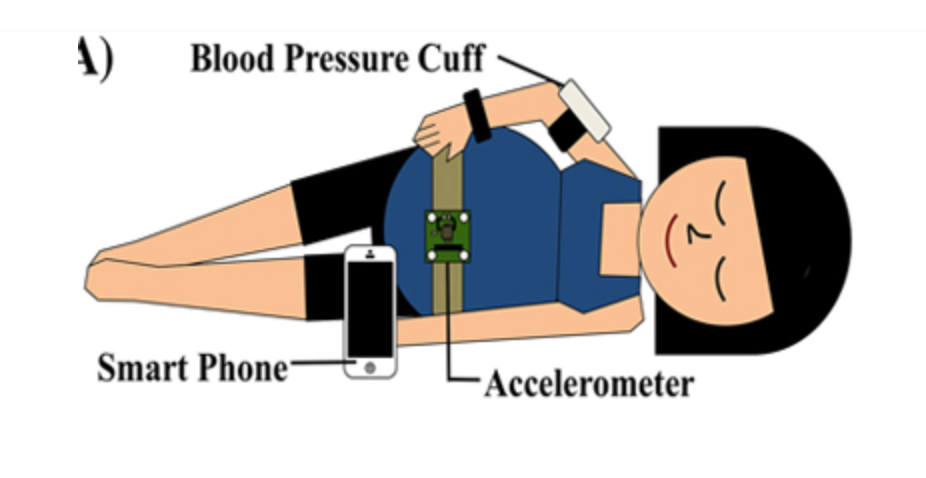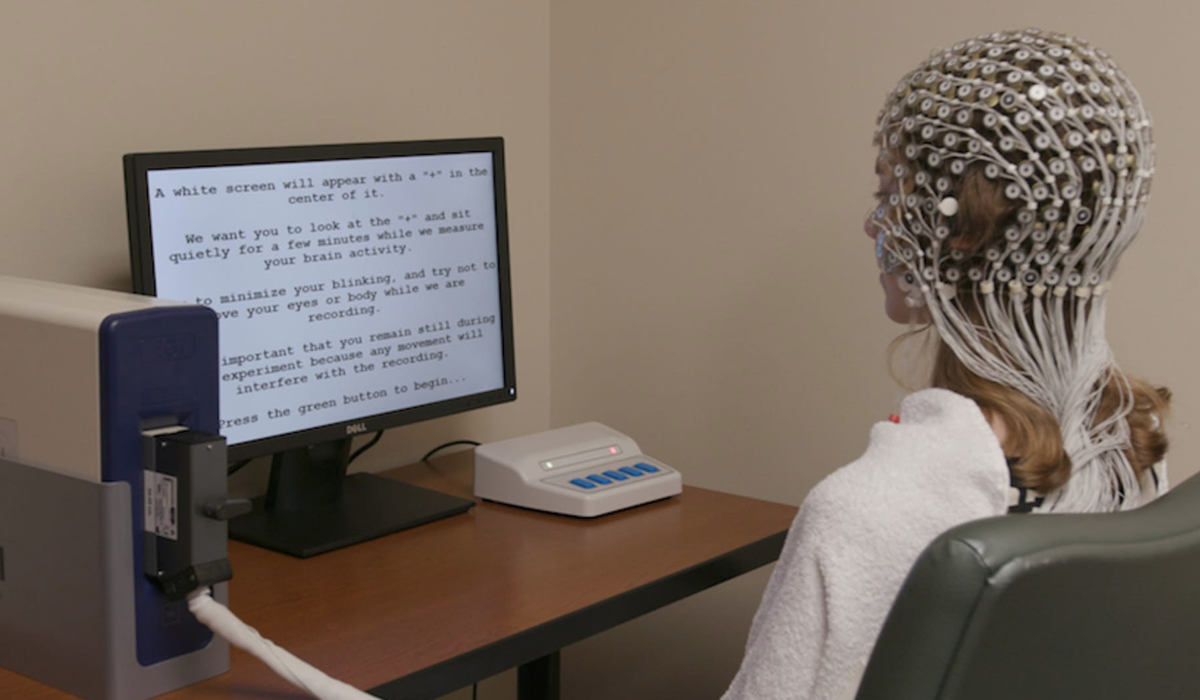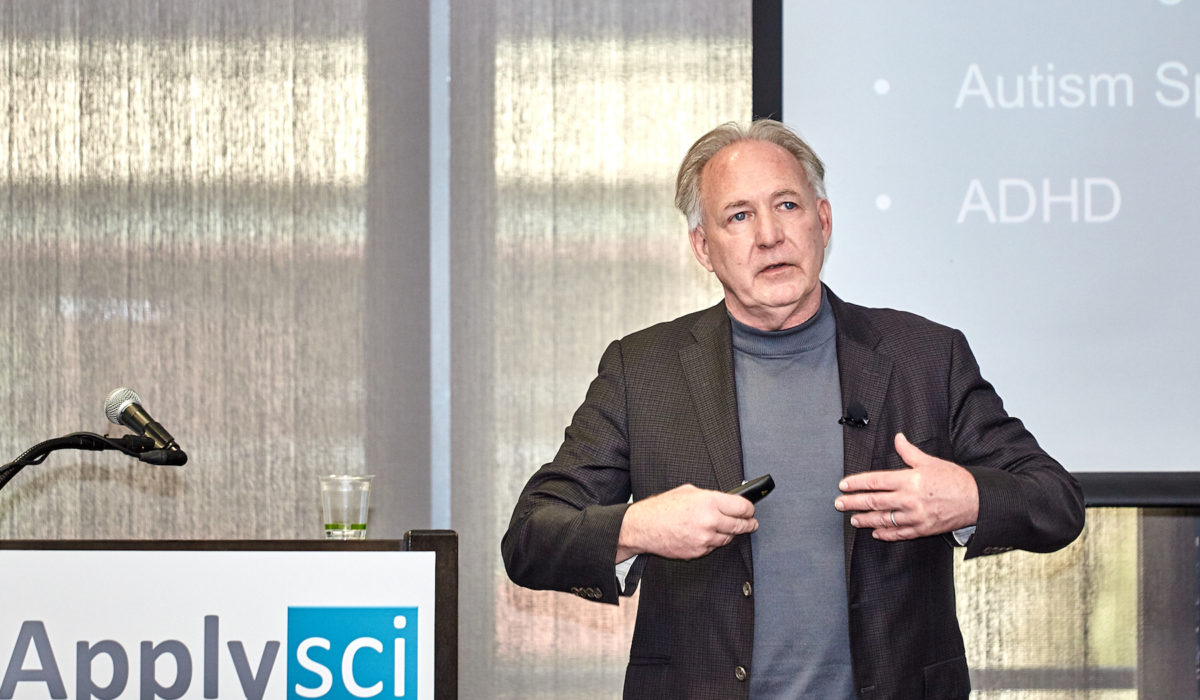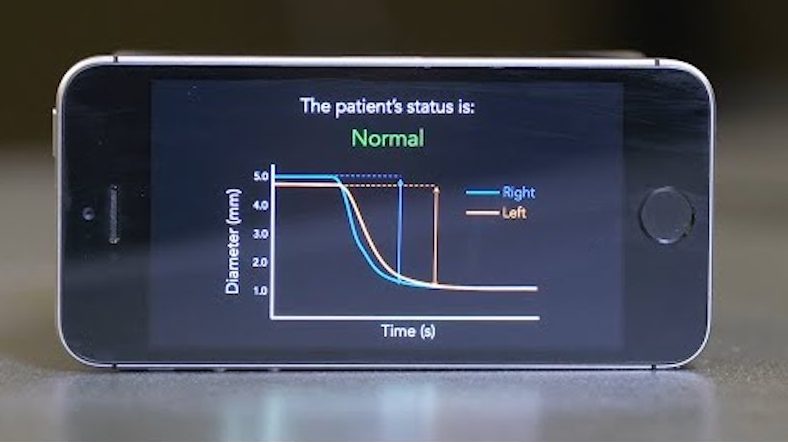Nathan Intratordiscussed epilepsy, AI and digital signal processingat ApplySci’s Wearable Tech + Digital Health + Neurotech Silicon Valleyconference on February 26-27, 2018 at Stanford University:
Author's Posts
Ingestible “bacteria on a chip” detects blood, inflammation
MIT’s Timothy Luhas developed an ingestible sensor with embedded genetically engineered bacteria to diagnose bleeding or other gastrointestinal issues. The “bacteria-on-a-chip” approach combines living cell sensors with ultra-low-power electronics that convert the bacterial response...
Cheap, noninvasive patch monitors glucose
UCSD’s Joe Wang‘s needless adhesive glucose monitor has begun a phase I clinical trial. The small patch measures insulin levels through sweat on the skin, eliminating the need for a skin prick. The paper –...
Carla Pugh on hacking healthcare with sensors | ApplySci @ Stanford
Carla Pughdiscussed hacking healthcare with sensors at ApplySci’s Wearable Tech + Digital Health + Neurotech Silicon Valleyconference on February 26-27, 2018 at Stanford University:
BP cuff + accelerometer detect early preeclampsia
Purdue’s Craig Goergenhas developed a sensor-based supine pressor test to detect preeclampsia. The technology measures and notes the difference between a pregnant woman’s diastolic blood pressure while in two different positions, using a BP...
EEG determines SSRI effectiveness in depression
UT Southwestern researchers are using EEG to determine whether an SSRI would effectively treat a person’s depression. Part of the EMBARCproject, the studytracked 300 depressed patients who were given an 8 week course of an...
Walter Greenleaf on medical applications of VR and AR | ApplySci @ Stanford
Walter Greenleaf discussed medical applications of VR and AR technology at ApplySci’s Wearable Tech + Digital Health + Neurotech Silcon Valleyconference at Stanford University on February 26-27, 2018:
App uses phone’s camera to monitor heart health
Mory Gharib and Caltech colleagues have developed an app which uses a phone camera to monitor heart health. When held to the neck, it infers the left ventricular ejection fraction of the heart by measuring...
Exoskeleton builds muscle capacity, improves posture in cerebral palsy
Thomas Bulea and NIH colleagues have developed a robotic exoskeleton for children with cerebral palsy. “Crouch gait,” where a person walks with a perpetual bend in their knees, is a hallmark of the disease....
Phone camera + machine learning detect concussion
Shwetak Patel and UW colleagues have developed PupilScreen, an app that uses a phone’s camera to detect concussion from the pupil. The phone’s video camera and flash check the eye for its pupillary light...

